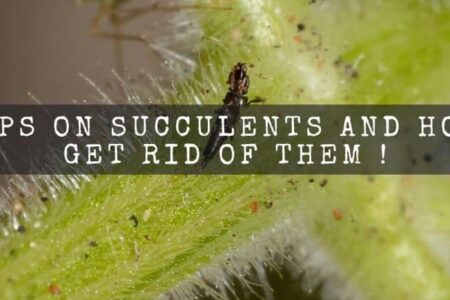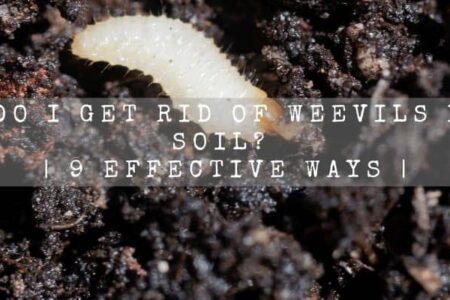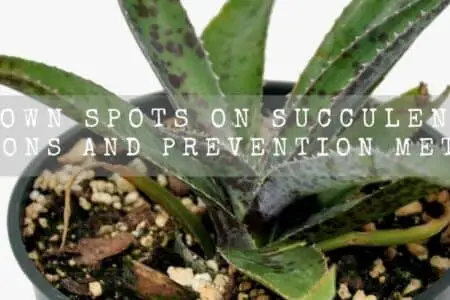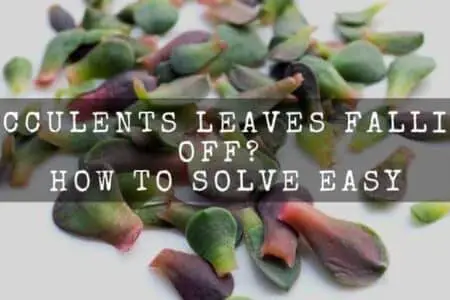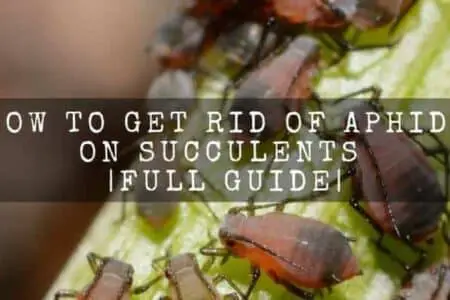Thrips On Succulents And How To Get Rid Of Them !
When I first started succulent gardening, I had so many pest problems. One of the major problems I had was…
The Sammons Opuntia Virus (What Do We Know About It?)
The Sammons Opuntia Virus (SoV) was first identified in 2001 by researchers at the US Department of Agriculture who were…
Why Does Cactus Split? 10 Minutes Quick Read
I once saw split or cracked cacti in a shop. I’ve always wondered why cacti split. I had a few…
Golden Scab Disease Prickly Pear (Need Urgent Attention)
Golden scab disease prickly pear is a very common disease in cactus gardens. This disease is caused due to the…
Mold in Succulent Soil ( Why And How? )
Do you know not all mold in succulent soil is beneficial for the plant’s health? Pathogenic fungi are those that…
Austrocylindropuntia Subulata Dying (9 Important Facts)
Is your Austrocylindropuntia subulata dying ? There could be several reasons for this. In this article I am going to…
What is Witches Broom Cactus?
Witches broom cactus or witches broom disease is a common disease among cactus. Would you like to know more about…
06 Major Fairy Castle Cactus Problems
Although fairy castle cacti are exquisite, they have their own problems. As a cactus owner, you need to know fairy…
Holes In Cactus | Solution For A Serious Problem |
If you come across holes in cactus, it could be due to several reasons. For example, insect / pest attacks,…
How To Straighten Leaning Cactus? | 5 Important Tips |
How to straighten leaning cactus is a problem among most cactus gardeners. There are several reasons for this common problem….
Spots On Cactus | What Should I Do ?
Spots on cactus are a big problem among cactus lovers. There are various kinds of spots and various reasons for…
Important Epiphyllum Diseases | 07 Major Issues You Might Face |
Epiphyllum belong to the family cactaceae, and they have about 19 different species of epiphytic plants. These are native plants…
What Is Eating My Succulents At Night? | 14 Reliable Facts |
In this article, you will get an answer to the question “What is eating my succulents at night “ and…
Euphorbia Problems | 15 Major Problems They Encounter |
Euphorbia plants belong to the family Euphorbiaceae, and we are going to cover the Euphorbia problems in this article. So, if…
7 Fungal Infection On Succulents? | How To Treat Them |
Although the majority of succulent plants are hardy and resistant to pests and fungus, there can be fungal infection on…
Succulent Mycoplasma | Quick 5 Minutes Reading For You |
Succulent mycoplasma is a bacterial disease. This could be lethal to your plant if untreated. You can find more details about…
White Spots On Jade Plant | 5 Minutes Reading For You |
Jade plants are classic and quite famous houseplants. However, it is quite common to spot white spots on jade plants…
8 Reasons For Succulent Drooping | And Effective Ways To Stop Drooping |
There are several factors which could attribute the succulents to droop. Here is what you want to know about succulent…
How Do I Get Rid Of Weevils In My Soil? | 9 Effective Ways |
To get rid of Weevils in soil you could mainly try chemical as well as non chemical insecticides. However, using chemical…
Brown Spots On Succulents | Reasons And Prevention Methods |
Succulents usually grow in their natural habitats all over the world. Further you could spot many people have grown them…
Getting Rid Of Aloe Mites | Physical And Chemical Methods |
They live in the aloe tissue and the end of the leaf surface. Because of that, it is hard to…
Succulent leaves turning yellow and soft | how to solve
Why is my succulent leaves turning yellow and soft? Succulents are usually known as plants which require easy maintenance. Hence,…
Succulent Leaves Turning Yellow At Bottom | How To Fix?
Succulent leaves turning yellow at bottom: is it a problem? If you come across a succulent of which the leaves…
Do Succulents Attract Bugs? 10 Thing To Know Before
Do succulents attract bugs? Succulents are famous as quite fascinating plants among the gardeners. Lot of people tend to grow…
How To Get Rid Of Fungus Gnats On Succulents | 20 Ways
Are Fungus gnats bad for succulents? Fungus gnat is a serious problem and it can harm and even kill your…
14 Ways To Treating Spider Mites On Succulents
Spider mites are one of the most common pests you could find in your succulents that is incredibly tiny in…
Succulents Leaves Falling Off ( How To Solve Easy )
It can be heartbreaking to watch your beautiful succulent plants shedding leaves out of nowhere. While this may indicate that…
How To Get Rid Of Aphids On Succulents | Full Guide
Aphids and mealybugs and usually known as common pests on succulents. They extract the liquid of the succulents, waning the…
How To Get Rid Of Mealybugs On Succulents? (Full Easy Guide)
One day I notice a previously unknown white substance on my succulent foliage. First I thought it was dust accumulation…
How Do I Know If My Succulent Roots are Rotting? Simple Guide
I have many succulents in my garden and I am now very much familiar with their behavior. With that experience…
Though succulents are known as low maintenance and hardy plants, they also can get troubled by pests and diseases.
When your succulent looks sick and starts to change colors, you should examine your succulent closely as there could be a possible pest attack or a plant disease.
Common pests are available for succulents. Mealybugs, scales, greenflies, spider mites, whiteflies, fungus gnats, and ants are the most common succulent pests. These pests spread from succulent to succulent quickly.
They expose the succulent to bacterial fungus infections. Most pests are small and stay hidden under leaves or folded corners.
You can rub alcohol on the infested areas or even spray alcohol or soap water on the pests.
Pests can be unavoidable, so when a plant is affected by any of the pests, you need to separate it from other succulents and treat it to prevent pests from spreading to other plants.
The most common diseases the succulents get are rotting and fungus issues. The main reason for root rotting is overwatering.
Succulents don’t like extra moisture in the soil as it makes breathing hard for the plant. So, the roots will start to rot, thereby invisible to you until it strikes the plant’s upper part.
When the leaves and the stem start to show root rot symptoms, the disease has already spread widely, and curing will be impossible while you can try several treating methods to save some sections of the plant.
If the plant is damaged by any means, infections like bacteria or fungus can come in and rot the plant.
When a fungus attacks a succulent, it grows inside the plant and kills it by eating the plant tissue.
The fungus is hard to stop, but you can try propagating a remaining healthy section of the succulent.
Preventing diseases by managing the correct plant requirements is the best thing you can do for your succulents as prevention is easier than cure.
